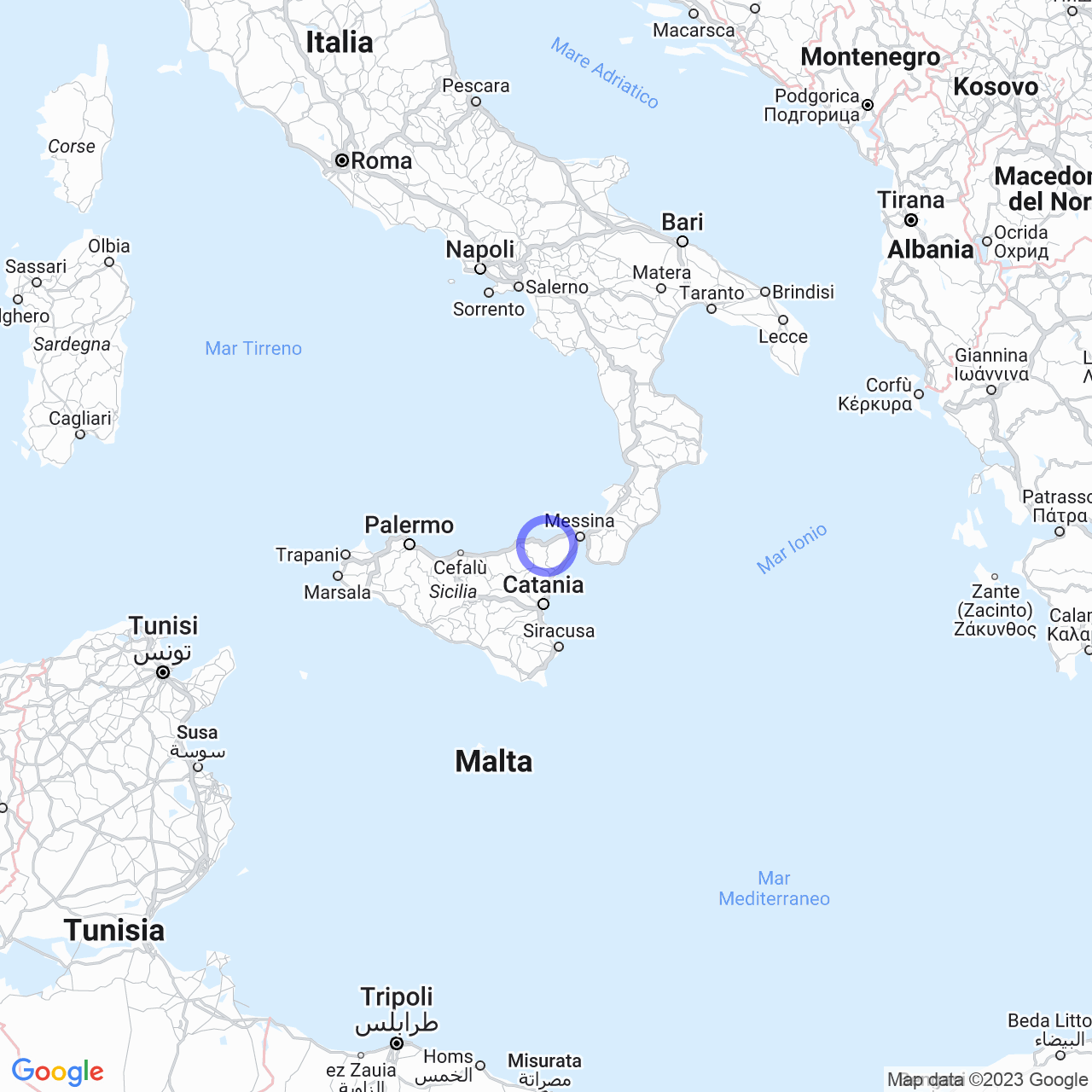Furnari
Welcome to Furnari: a town steeped in history and nature
If you're looking for a corner of Sicily where history, nature, and tradition come together, then you must pay a visit to Furnari. This town in the metropolitan city of Messina, with its 3970 inhabitants, is situated on a hill in Val Demone and extends to the Tyrrhenian Sea. The town is divided into Furnari "Hill" or "Center" and Furnari "Marina". Furnari "Marina" is made up of the seaside hamlet of Tonnarella, Portorosa, and the districts of Bazia, Saiatine, and Torre Forte.
The territory of Furnari
Furnari covers an area of 1300 hectares, with a density of 280 inhabitants per square kilometer. The territory is rich in iron and sulfur water sources, and has an irregular geometric profile with accentuated altitude variations. The town borders Mazzarrà Sant'Andrea to the east, Falcone to the west, Tripi to the southeast, and Terme Vigliatore to the southwest. The town is divided into Furnari "Hill" or "Center" and Furnari "Marina". Furnari "Marina" is made up of the seaside hamlet of Tonnarella, Portorosa, and the districts of Bazia, Saiatine, and Torre Forte.

Climate
Furnari enjoys a Mediterranean climate. The closest meteorological station is located at the Patti Tindari Meteorological Station. Based on the 1961-1990 30-year reference average, the average temperature of the coldest month, January, is +10.2°C, while that of the warmest month, August, is +24.9°C.
Origin of the name
The name Furnari derives from the Latin "Furnaris arx", meaning the Fortress of Furnari (a Sicilian surname). The name of the "Furnari" family in turn derives from the Greek "Phournares", meaning "baker". Therefore, the origin of the name Furnari has a clear connection with ovens and bread baking.
The history of Furnari
Furnari is a place rich in history and traces of the past. There is evidence of traces of a prehistoric necropolis in the current Grotte di Furnari district, as well as evidence of settlements from classical times in the current Masseria and Monte le Croci districts. Moreover, there is evidence of settlements from the Greek and Roman periods in the Pezza Grande and Cinque Fontane districts, respectively. There is also evidence of settlements from the Byzantine period in the Pezza Grande district of Furnari.
Towards the end of the 14th century, Filippo Furnari obtained from Frederick II of Swabia, in exchange for his services, the title of baron of a territory where he built a castle, which was soon surrounded by small houses, giving rise to a feudal village that was ruled by his descendants for over four centuries. In 1691, the Furnaris sold the land to the Marzianos, who retained ownership until 1819, when the Sicilian Parliament abolished feudal rights and Furnari began its life as a town.
What to do in Furnari
Furnari offers its visitors the opportunity to immerse themselves in Sicilian nature, culture, and traditions. The area is perfect for hiking and cycling, with trails suitable for all levels of difficulty. In the hamlets of Furnari "Marina", you can enjoy the beautiful beaches of the Tyrrhenian Sea and water sports.
Moreover, you cannot miss a visit to the Castle of Furnari, a symbol of the history of the feudal village. The Castle was built at the end of the 14th century by Baron Filippo Furnari, on top of the ancient Byzantine fortification. The castle stands on a dominant position and offers a spectacular view of the surrounding territory. The historic center of Furnari, with its cobbled streets and stone houses, is another must-visit for visitors. Here, you can find the Church of San Francesco, the Town Hall, and the Piazza del Popolo.
Conclusion
In conclusion, Furnari is a town where history, culture, and nature come together. From traces of the past to the Castle, from the sea to hiking, Furnari offers many opportunities to its visitors. Come and discover the fascinating town of Furnari, with its hospitable people and traditions. You will be welcome!
